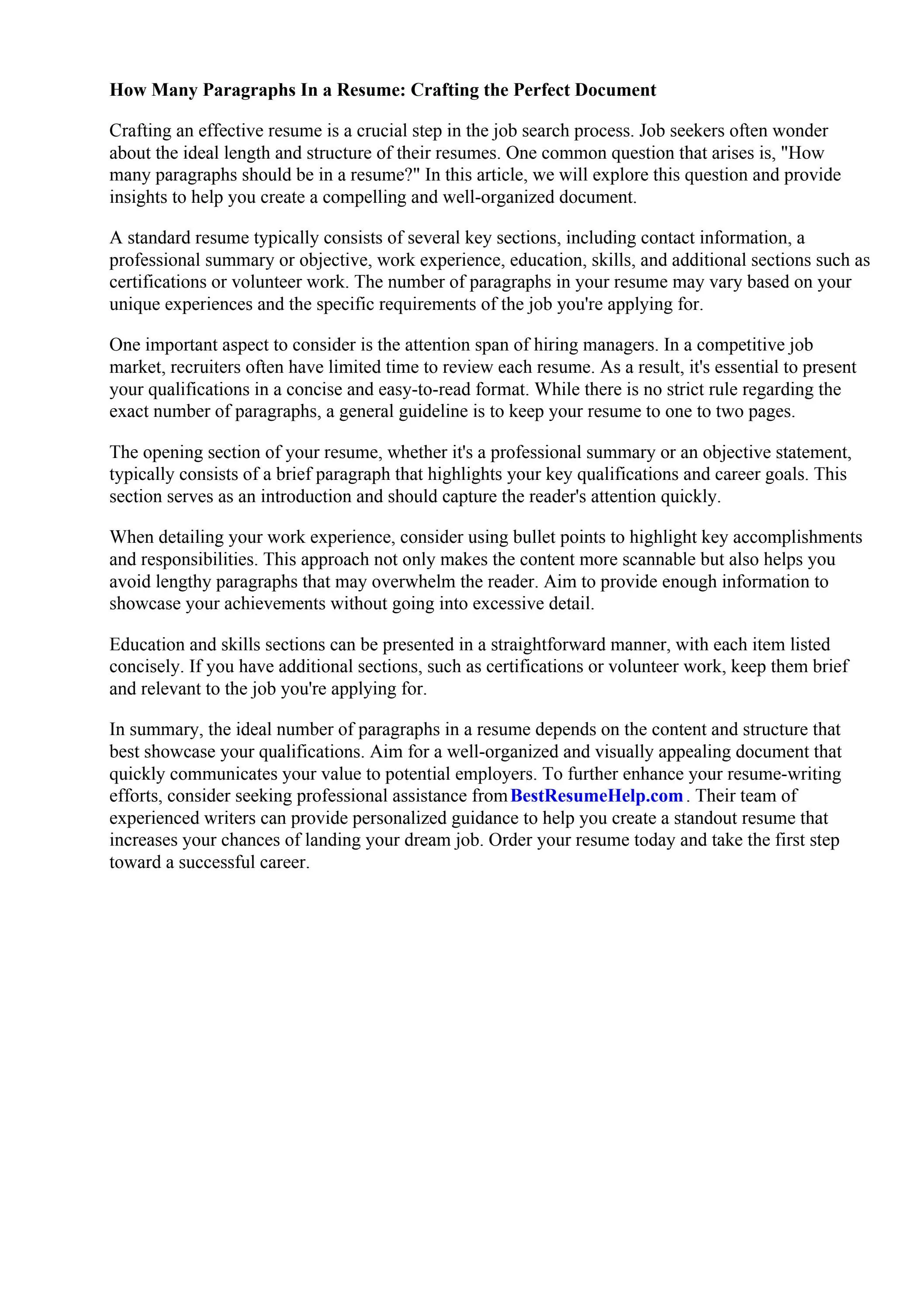Cover Letter Tips Top 7 Things You Must Know
A cover letter is your first introduction to a potential employer, and it is a chance to make a positive impression. It’s much more than just a formality; it’s your opportunity to showcase your personality, skills, and enthusiasm for the role. A well-crafted cover letter can significantly increase your chances of getting an interview, while a poorly written one can quickly lead to rejection. In today’s competitive job market, mastering the art of the cover letter is essential. We will explore the top seven essential tips to help you create a cover letter that stands out and grabs the attention of hiring managers.
1 Research the Company
Before you even begin writing, thoroughly research the company you’re applying to. This demonstrates genuine interest and shows that you’re not just sending out generic applications. Understanding the company’s values, mission, and recent achievements will help you tailor your letter to their specific needs and culture. Visit their website, read news articles, and check out their social media profiles. The more you know about the company, the better you can position yourself as a perfect fit.
Understanding the Company’s Mission
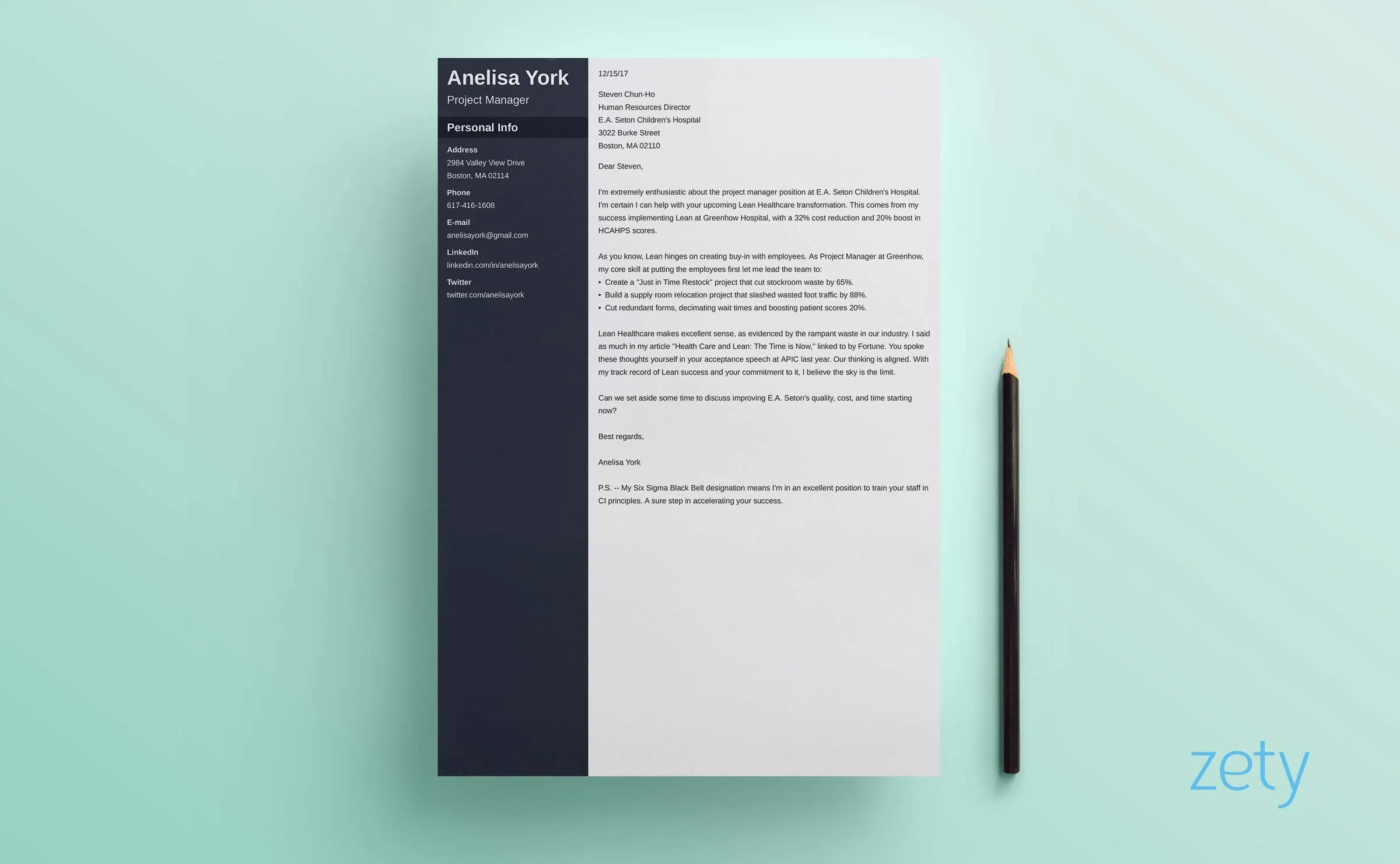
Delve into the company’s mission statement to understand their core goals and values. This will help you align your own skills and experiences with what the company is trying to achieve. Highlight how your career goals align with their mission to show that you share their vision and are committed to contributing to their success. The company’s mission statement is a valuable resource for identifying the key priorities and objectives that you should address in your cover letter.
Identifying Key Values
Pay close attention to the company’s stated values, as these provide insight into their work culture and expectations. If the company values innovation, for example, you can highlight projects where you demonstrated creativity and problem-solving skills. If teamwork is emphasized, provide examples of your collaborative experiences and how you’ve contributed to team success. Demonstrating that your values align with the company’s is a powerful way to show that you’re a good cultural fit.
2 Customize Your Letter
Generic cover letters are easily spotted and often disregarded. Customization is key to making your letter stand out. Tailor your letter to the specific job and the company, showcasing how your skills and experiences align with their requirements. Use the job description as your guide, identifying the key skills and qualifications the employer is seeking and then providing examples from your background that prove you possess them. This tailored approach demonstrates that you’ve taken the time to understand the role and are genuinely interested in it.
Tailoring Your Skills
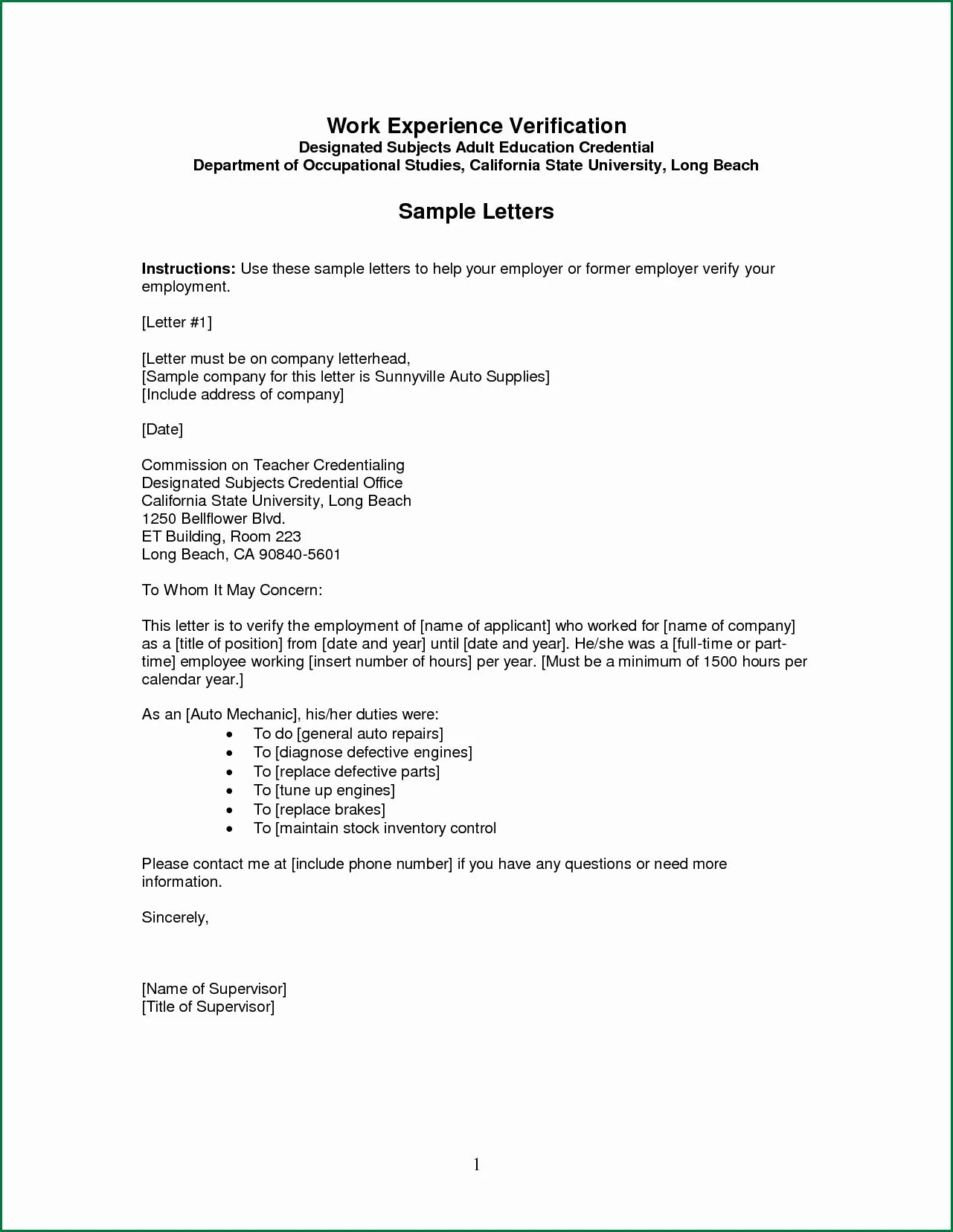
Carefully review the job description and identify the skills and qualifications that are most important to the role. Then, in your cover letter, highlight the skills you possess that align with those requirements. Provide specific examples of how you’ve used these skills to achieve results in previous roles. If the job requires project management skills, for example, describe a project you led, the challenges you faced, and the positive outcomes you achieved.
Highlighting Relevant Experiences
Focus on experiences that are most relevant to the job you’re applying for. Don’t try to include everything from your work history; instead, select the experiences that best demonstrate your ability to succeed in the role. Provide specific details about your responsibilities, the projects you worked on, and the results you achieved. Quantify your accomplishments whenever possible to make them more impactful and memorable. Remember, the goal is to show the employer that you have the experience necessary to excel in the position.
3 Showcase Your Accomplishments
Instead of simply listing your responsibilities, showcase your accomplishments. Employers want to see what you’ve achieved in previous roles. Quantify your results whenever possible to demonstrate the impact you’ve made. Use action verbs to describe your contributions and make your accomplishments more compelling. This approach shows employers what you’re capable of and helps them envision you succeeding in the role they’re offering.
Quantifiable Results
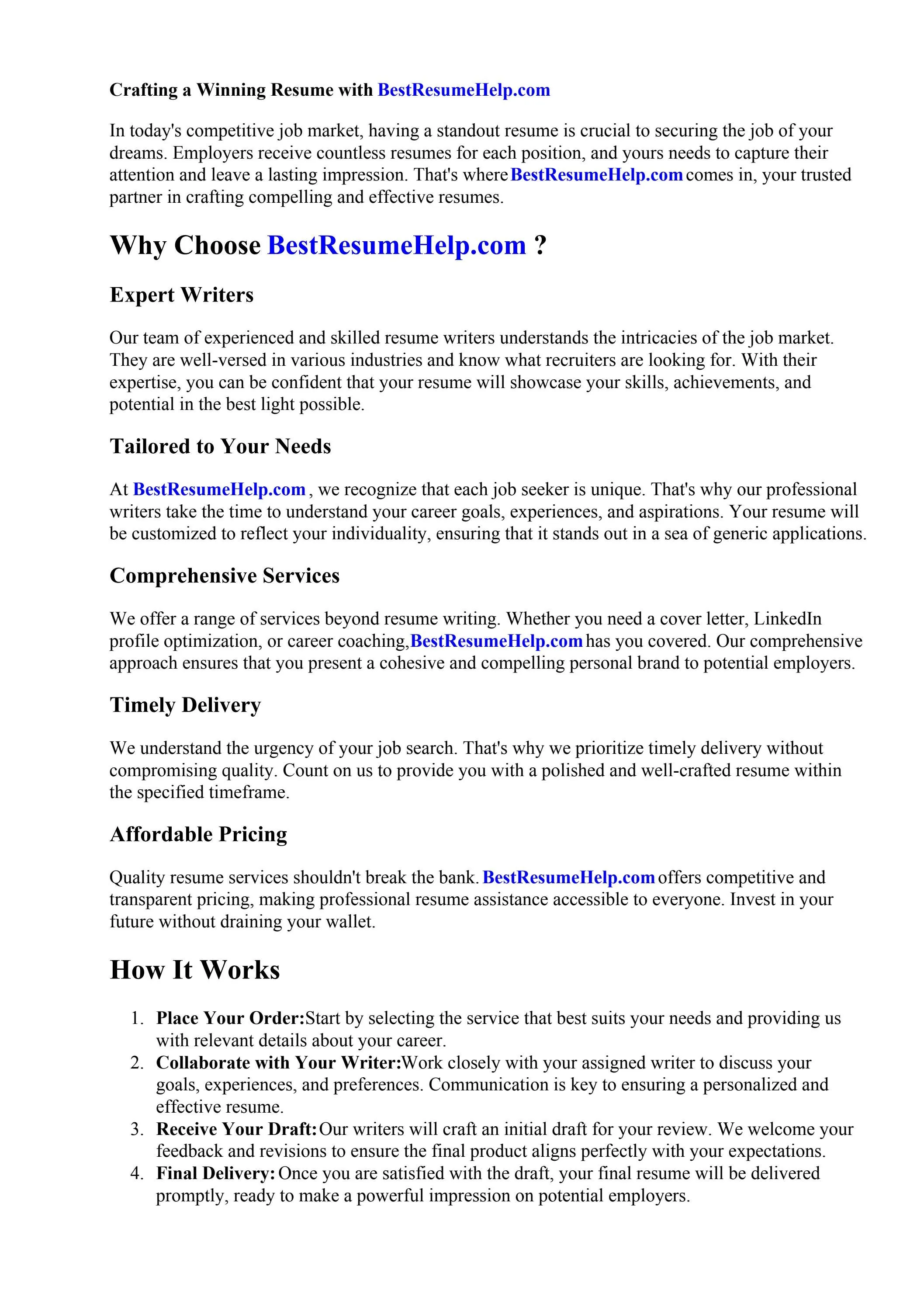
Whenever possible, quantify your accomplishments with numbers and data. Instead of saying “Improved customer satisfaction,” say “Improved customer satisfaction by 15% through implementing a new feedback system.” Quantifiable results provide concrete evidence of your achievements and make them more impactful. Include metrics like sales figures, cost savings, project completion rates, or any other data that showcases your success. This data-driven approach will make your cover letter stand out and impress potential employers.
Using Action Verbs
Use strong action verbs to describe your accomplishments and responsibilities. Action verbs bring your experiences to life and make your cover letter more engaging. Instead of saying “Responsible for managing projects,” say “Managed multiple projects, delivering them on time and under budget.” Some examples of effective action verbs include led, developed, implemented, achieved, improved, and generated. Using action verbs will make your cover letter more dynamic and memorable.
4 Highlight Your Value Proposition
Clearly articulate your value proposition: what you can bring to the company. Explain how your skills and experiences align with the job requirements and how you can contribute to the company’s goals. Focus on the benefits of hiring you, such as your ability to solve problems, improve efficiency, or drive revenue. By highlighting your value proposition, you show employers why they should choose you over other candidates.
Matching Skills to Requirements
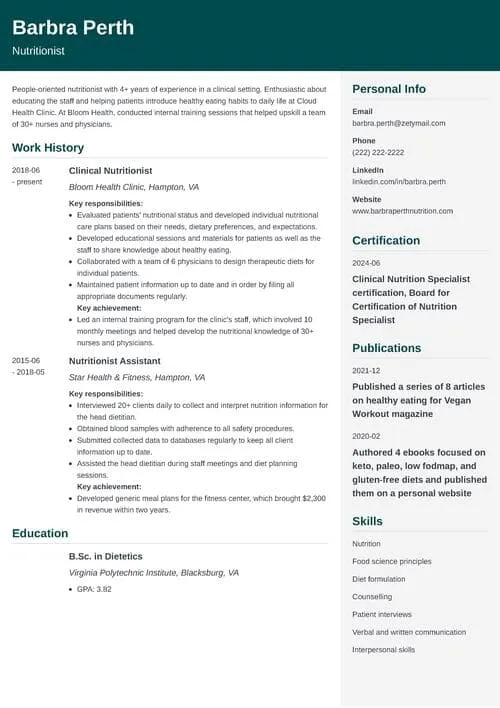
Carefully review the job description and identify the key skills and qualifications the employer is seeking. Then, in your cover letter, directly address how your skills align with those requirements. Provide specific examples of how you’ve used these skills to achieve results in the past. This demonstrates that you understand the role and are confident in your ability to perform it effectively. The goal is to make a clear connection between your qualifications and the employer’s needs.
Demonstrating Your Understanding
Show the employer that you understand the challenges and opportunities associated with the role and the company. Discuss how you plan to address those challenges and capitalize on the opportunities. This demonstrates your proactive approach and your ability to think strategically. By demonstrating your understanding, you show that you’re not just interested in the job, but also committed to contributing to the company’s success.
5 Keep It Concise and Clear
Hiring managers are busy, so it’s crucial to keep your cover letter concise and to the point. Avoid unnecessary jargon, lengthy paragraphs, and repetition. Focus on the most important information and use clear, straightforward language. A well-structured, easy-to-read cover letter is much more likely to be read and remembered. Aim for a cover letter that is no more than one page long, with a clean layout and easy-to-scan sections.
Formatting and Layout
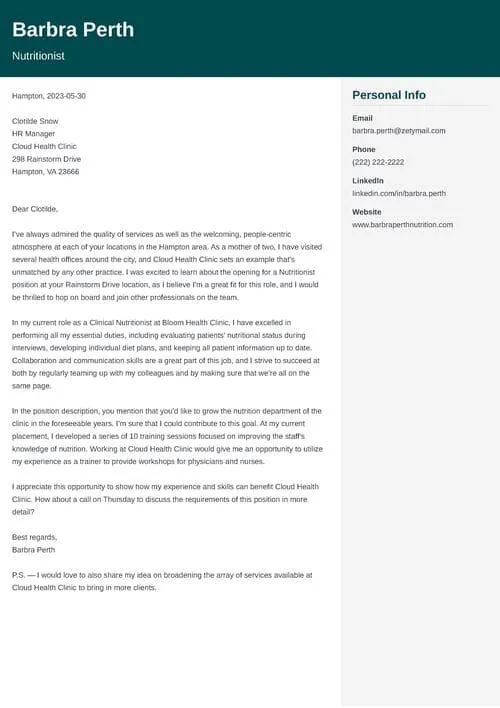
Use a professional font and formatting to make your cover letter visually appealing and easy to read. Choose a standard font like Times New Roman, Arial, or Calibri. Use clear headings and subheadings to organize your content. Break up large blocks of text with bullet points and white space. Proofread your letter carefully to ensure there are no typos or grammatical errors. A clean and well-formatted cover letter demonstrates attention to detail and professionalism.
Proofreading for Errors
Proofread your cover letter carefully for any errors in grammar, spelling, and punctuation. Errors can make you look unprofessional and can lead to your application being rejected. Read your letter aloud to catch any awkward phrasing or sentences that don’t flow well. Ask a friend or family member to review your letter as well; a fresh pair of eyes can often spot mistakes that you might have missed. A well-proofread cover letter shows that you pay attention to detail and take pride in your work.
6 Use a Professional Tone
Maintain a professional tone throughout your cover letter. Avoid using slang, jargon, or overly casual language. Use formal language and a respectful tone to convey your professionalism and seriousness. Your cover letter is a reflection of your communication skills, so it’s essential to present yourself in the best possible light. Keep the tone positive and enthusiastic, but avoid sounding overly familiar or informal.
Avoiding Slang and Jargon
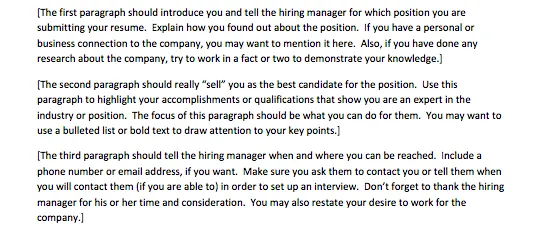
Avoid using slang, jargon, or informal language in your cover letter. These can make you sound unprofessional and can be difficult for the reader to understand. Use clear, concise language that is appropriate for a professional setting. If you’re unsure whether a word or phrase is appropriate, it’s best to err on the side of caution and choose a more formal alternative. The goal is to communicate your message effectively and demonstrate your professionalism.
Expressing Enthusiasm
While maintaining a professional tone, also express your enthusiasm for the role and the company. Show that you’re genuinely excited about the opportunity and that you’re eager to contribute to the team. Use phrases like “I am very interested in this opportunity” or “I am confident that my skills and experience would be a valuable asset to your team.” Your enthusiasm can make a positive impression and show the employer that you’re a motivated and engaged candidate.
7 Include a Call to Action
End your cover letter with a clear call to action. Express your interest in an interview and provide your contact information. Make it easy for the hiring manager to reach you. A call to action encourages the employer to take the next step and helps ensure that your application is given proper consideration. It demonstrates your proactive approach and your eagerness to move forward in the hiring process.
Expressing Interest in Interview
In your closing paragraph, explicitly state your interest in an interview. Thank the hiring manager for their time and consideration, and express your enthusiasm for the opportunity to discuss your qualifications further. This shows that you’re eager to learn more about the role and the company and that you’re willing to invest your time in the hiring process. The call to action should leave no doubt in the reader’s mind that you’re serious about the job.
Providing Contact Information
Make it easy for the hiring manager to contact you by providing your phone number and email address. Ensure that your contact information is up-to-date and accurate. You may also include a link to your LinkedIn profile or online portfolio, if applicable. Double-check all information to avoid any errors that could prevent the employer from reaching you. Providing your contact information is crucial for facilitating communication and moving forward in the application process.
